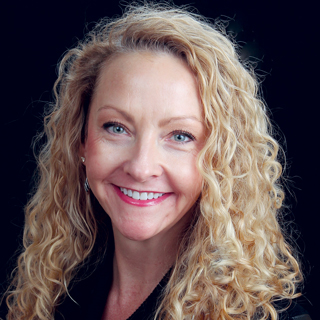
Is it best practice, for consistency, to have only the wound nurse measure, stage and assess pressure injuries?
While having only the wound nurse assess pressure injuries would ensure consistency and accuracy of the assessments, the wound nurse can’t be there 24/7. Accuracy and timeliness can instead be ensured by having the wound nurse train and oversee all your nurses on pressure injury assessment.
Likewise, if the wound nurse is ill or otherwise out when the seven-day assessment is due, it is important for the other nurses to be able to accurately assess and document the pressure injuries.
Start by having all the licensed nurses trained on how to perform a comprehensive assessment of a pressure injury. This training should include pressure injury etiology, staging, measurement and wound description.
After the training, the wound nurse can competency-test the nurses at the bedside to ensure they can apply the information.
The wound nurse will have to work with the evening and weekend nurses, as they will most likely be admitting residents.
During the weekly wound rounds the floor nurse and, if possible, the nurse manager should accompany the wound nurse and observe how he or she is assessing the wounds. That way, if the wound nurse is not there when the seven-day assessment is due, the floor nurse can perform the assessment.
Ideally, on weekly wound rounds the wound nurse can transition the assessment to the floor nurse and oversee it.
Please send your wound treatment-related questions to “Ask the Expert” at [email protected].
From the August 01, 2017 Issue of McKnight's Long-Term Care News




